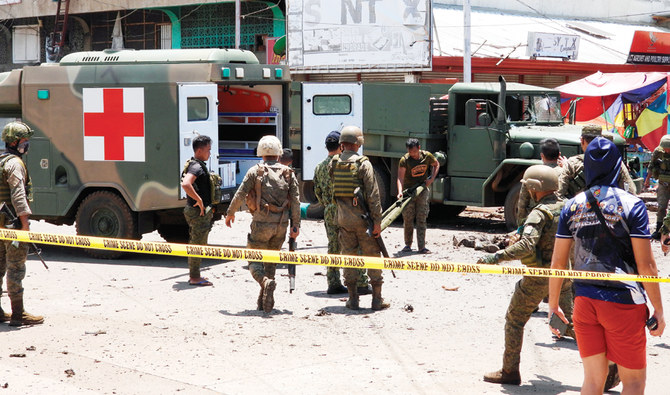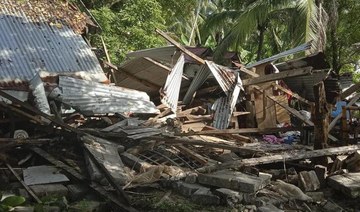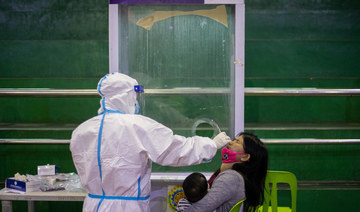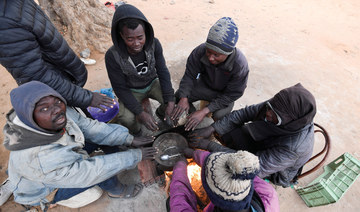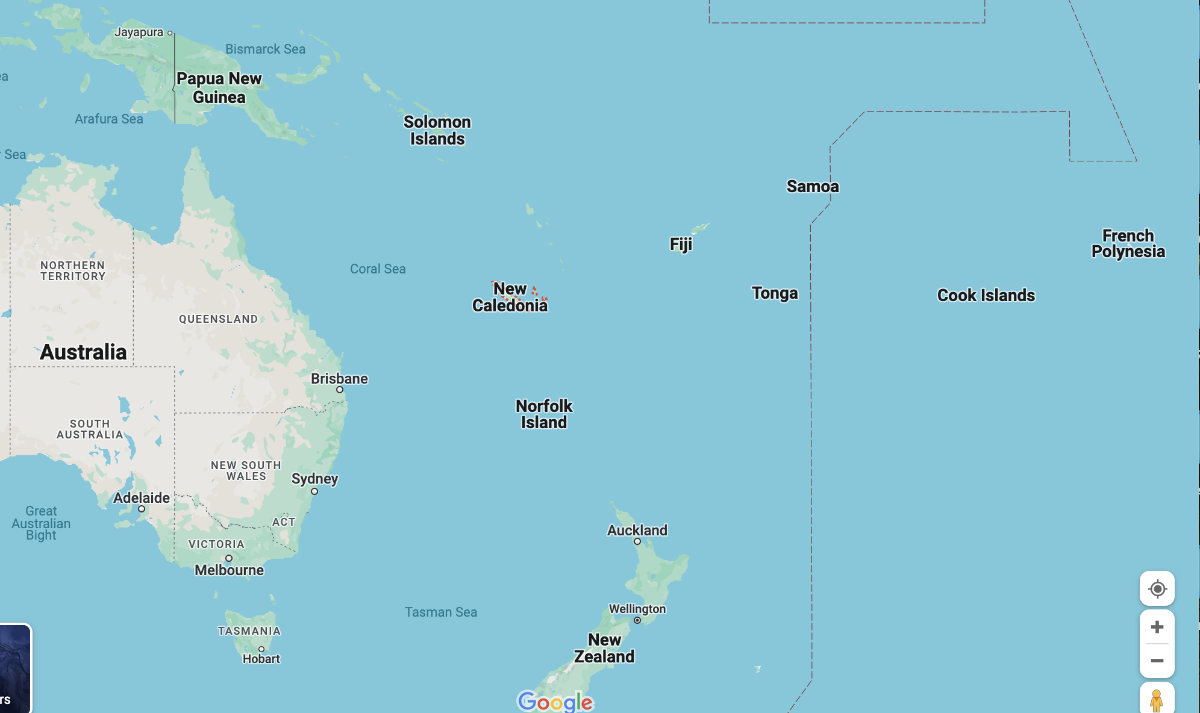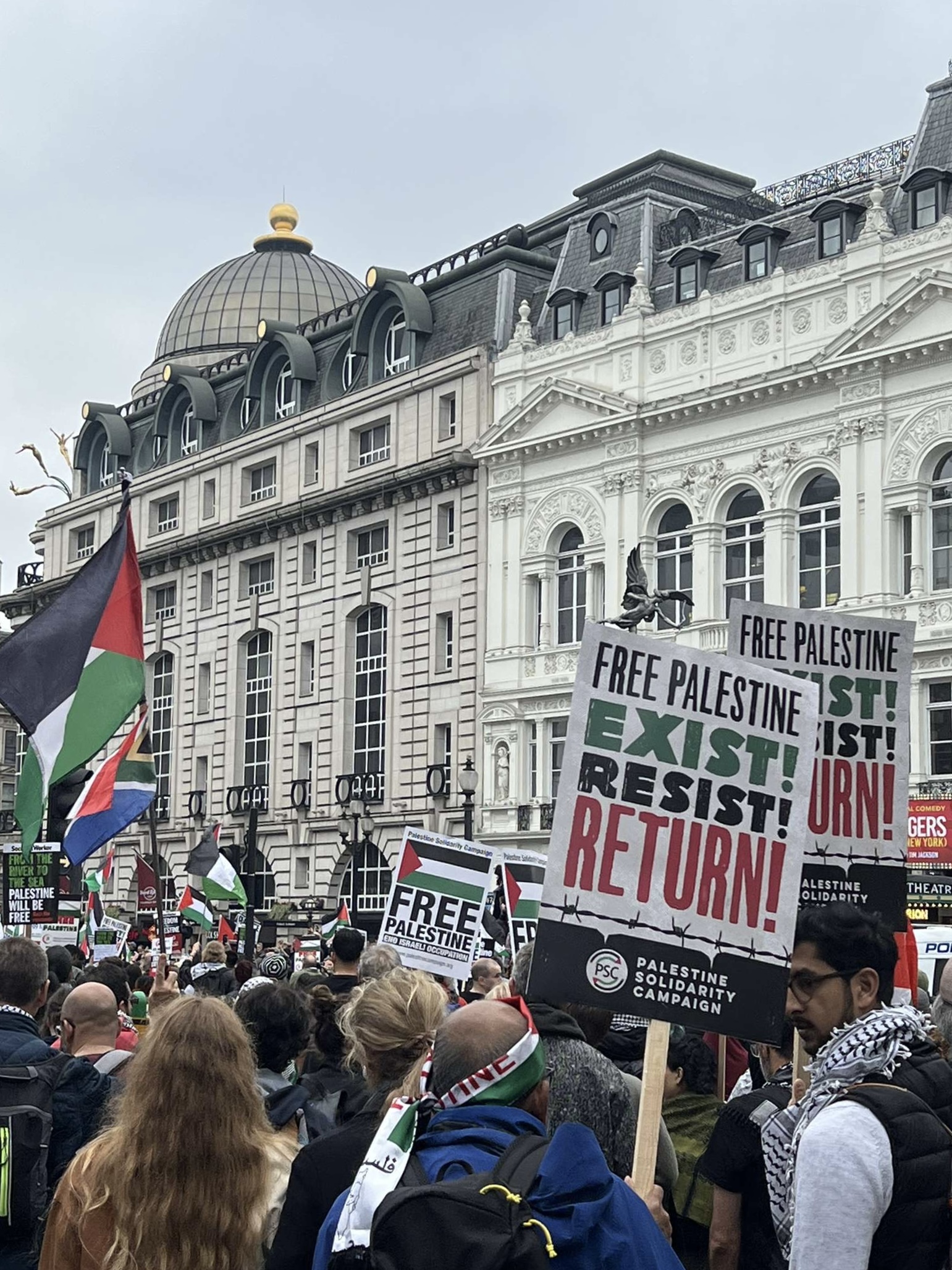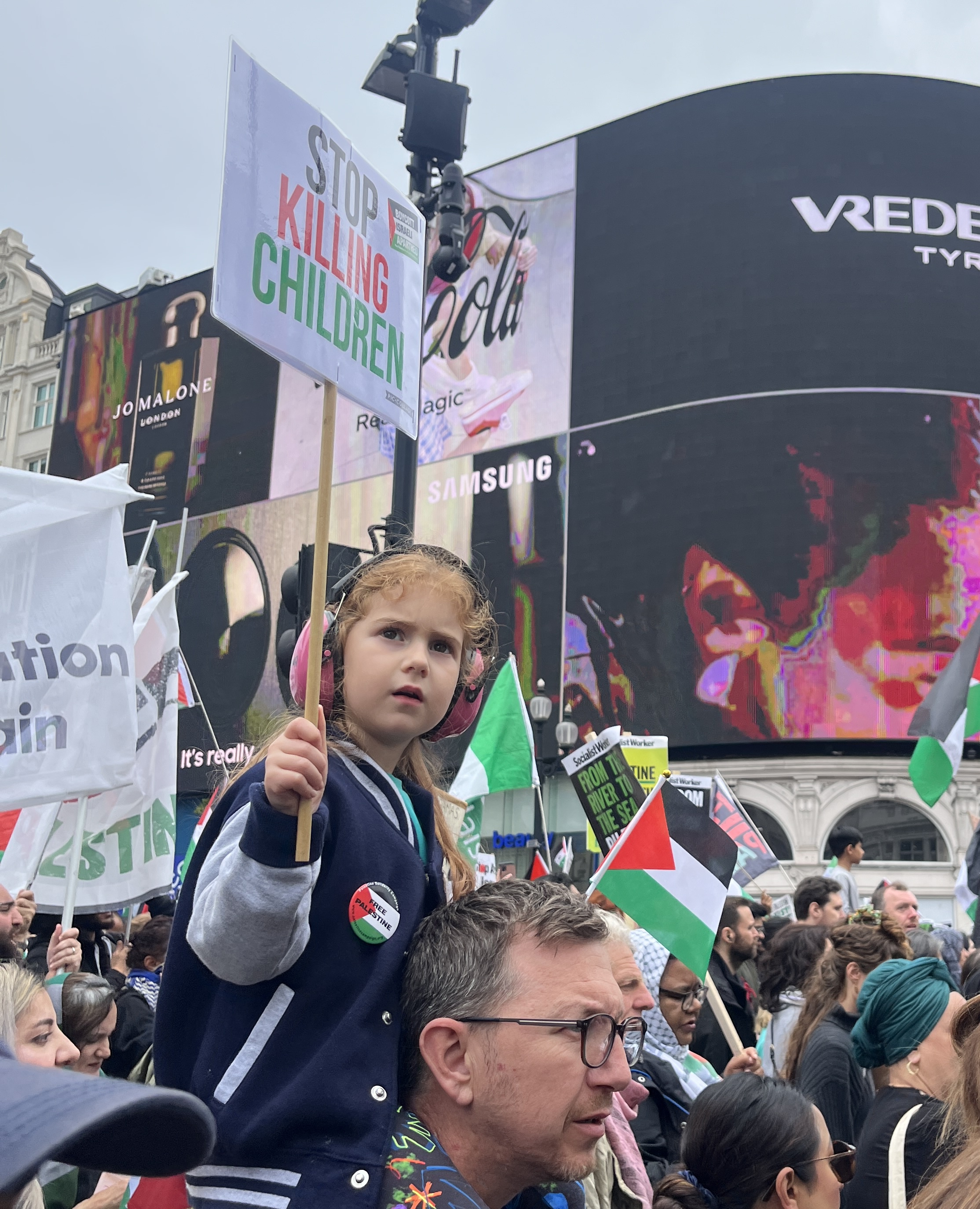MANILA: At least 20 people were killed and scores injured after two powerful explosions on Monday rocked a town in the southern Philippines.
Authorities said seven soldiers, one policeman, 11 civilians, and a suspected female suicide bomber were among the dead.
Western Mindanao Command (Westmincom) chief Maj. Gen. Corleto Vinluan said the first blast took place shortly before noon on Serrantes Street in Barangay Walled City, Jolo when a motorcycle rigged with explosives was detonated near a military truck parked outside a grocery and computer shop, instantly killing four soldiers, four civilians, and a policeman.
“Around 11:50 a.m., it was a vehicle-borne improvised explosive device, an IED placed on a motorcycle that exploded,” Vinluan added.
The soldiers were reportedly conducting security operations in the area at the time.
An hour later, while authorities were still investigating the blast scene, another explosion took place just 100 meters away causing more casualties, including a woman with a bomb.
Vinluan said a soldier had been checking on the woman when the bomb went off, adding that they had not yet determined the nationality of the female suspect. However, unconfirmed reports indicated that the alleged suicide bomber was an Indonesian.
Brig. Gen. William Gonzales, the commander of Joint Task Force Sulu, said at least 75 people were wounded in the two blasts, 21 of them soldiers, six police officers, and 48 civilians.
No individual or organization has yet claimed responsibility for the bombings but Vinluan hinted that Abu Sayyaf Group’s (ASG) bomb expert, Mundi Sawadjaan, could have been behind the attacks.
BACKGROUND
Military and local authorities in Sulu said that as early as May, they had received information about Daesh-inspired militants planning to carry out a suicide attack in Sulu.
Sawadjaan is the nephew of ASG leader Hatib Hadjan Sawadjaan – who according to the US is the Daesh emir in East Asia – and has been tagged for masterminding the January 2019 attack on the Cathedral of Our Lady of Mount Carmel which left 23 dead and dozens wounded. Two foreign suicide bombers were among those killed and Monday’s explosions were near the same church.
Military and local authorities in Sulu said that as early as May, they had received information about Daesh-inspired militants planning to carry out a suicide attack in Sulu.
Last week, the military said that four army intelligence officers killed by members of the Sulu police in June had been following leads on the two female suicide bombers who were tasked with staging the attack.
Jolo Mayor Kerkhar Tan said the municipality had been placed under lockdown with security heightened after the incident.
He added that the move was to prevent another attack as they had received information about the “Islamist militants planning to conduct a total of three bombing attacks.”
Meanwhile, Malacanang condemned the incident and said that an investigation by authorities would include identifying individuals or groups behind the attacks.
“We call on the residents of Jolo to stay vigilant and report suspicious personalities and unattended items in their areas,” a presidential statement said.
Following the two explosions in Jolo, Philippine Coast Guard (PCG) Commander Admiral George Ursabia Jr. declared a “red alert” in the entire region of Southwestern Mindanao, including Zamboanga, Basilan, Sulu, and Tawi-Tawi.
“Coast Guard personnel in the region are augmenting the military and police in investigating the incident. Moreover, PCG K9 (search and rescue) units, safety inspectors, and patrol boat operators are directed to be extra vigilant in securing ports, harbors, and other waterways in the region,” the Coast Guard said in a statement.
The attacks come a month after the Philippines passed an Anti-Terrorism Act to beef up law enforcement powers to allow the arrest of individuals “planning and providing material support for terrorist acts.”
Jolo is located in the island province of Sulu a stronghold of the ASG which has pledged allegiance to Daesh.




